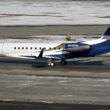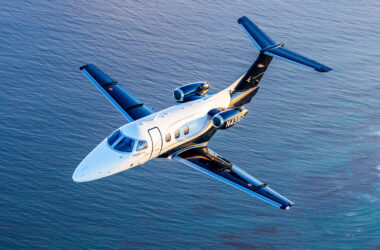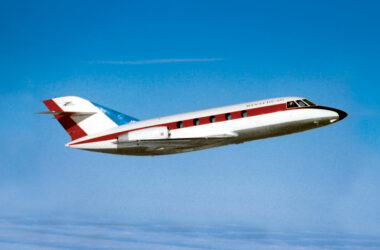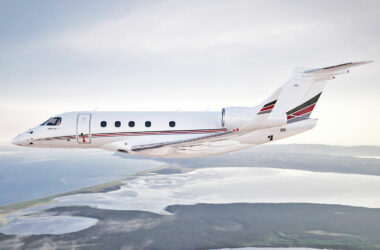The European Aviation Safety Agency (EASA) and the Federal Aviation Administration (FAA) on Tuesday issued the type certificate for Dassault Aviation’s Falcon 6X business jet. With homologation confirmed, deliveries of the new aircraft to customers can begin.
The certificate is the conclusion of the Falcon 6X development campaign, which started in 2021. According to Dassault, the aircraft has accumulated 1,500 flight hours in tests. The manufacturer also reported that the first production units of the jet are in the final assembly phase.
“The certification of the Falcon 6X is a remarkable milestone for Dassault Aviation. The Falcon 6X is the first brand new business jet to comply with the latest regulations, which will enhance the safety and security of all new aircraft,” said Eric Trappier, President and CEO of Dassault Aviation.
Most popular posts
[wpp range=’last24hours’ wpp thumbnail_width=100 thumbnail_height=75 limit=3 stats_views=0 order_by=’views’]The Falcon 6X is a twin-engine, large-scale, long-range aircraft certified for flights of up to 10,200 km (at a cruising speed of 850 km/h) and can take off with a maximum weight of 35,135 kg. The cabin, which measures 12.2 meters in length, can accommodate up to 16 passengers.
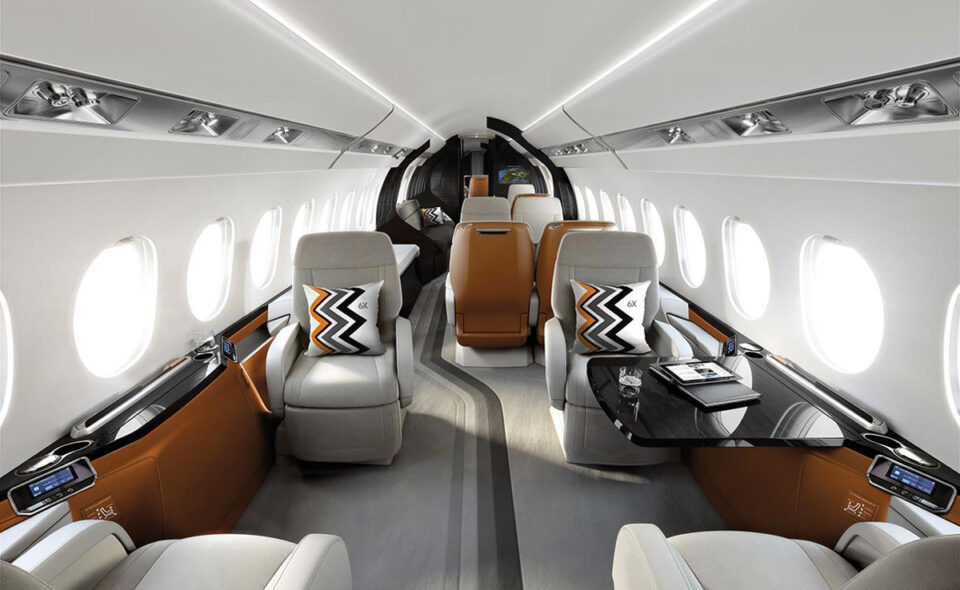
From failure to success
Dassault launched the Falcon 6X program in February 2018 after canceling the troubled Falcon 5X development. The model even flew, but was later discarded by the manufacturer due to difficulties in dealing with the 12,000-pound thrust Silvercrest turbofan engine supplied by the French manufacturer Safran.
Follow ADN: Instagram | Twitter | Facebook
In the 6X model, Dassault decided to use the Canadian-made Pratt & Whitney PW812D 14,000-pound thrust engine, which is already proven to be efficient. Other versions of this engine are used, for example, in Gulfstream’s G500 and G600 jets.
The engine change also increased the aircraft’s performance figures. With Safran turbofans, the jet would have a range of 9,600 km and now, with Pratt & Whitney, that number has risen to 10,200 km.

The change in the powertrain also required changes in the size of the fuselage and wingspan, which were slightly larger, and the maximum takeoff weight of the jet rose from 31,570 kg to 35,135 kg, due to the increase in fuel capacity.
The suggested price of the aircraft is US$ 47 million.



